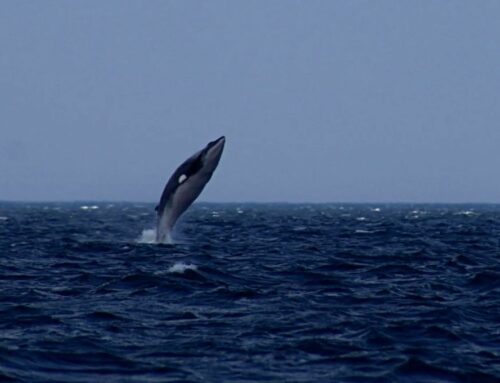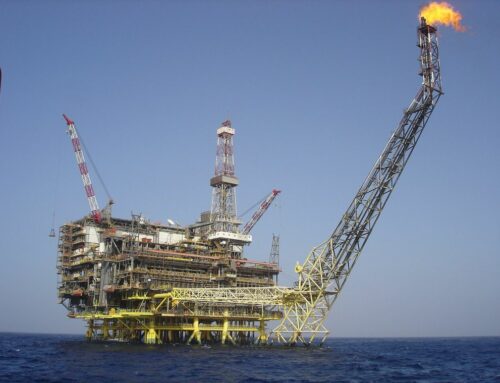Underwater noise pollution from ships is a chronic, global stressor impacting a wide range of marine species. Ambient ocean noise levels nearly doubled each decade from 1963-2007 in low-frequency bands attributed to shipping, inspiring a pledge from the International Maritime Organization to reduce ship noise and a call from the International Whaling Commission for member nations to halve ship noise within a decade.
In a recent paper, Scott Veirs of Beam Reach Marine Science and others analysed different ways to achieve these targets, using the example of a critically endangered resident killer whale population whose critical habitat spans shipping lanes serving the ports of Vancouver and Seattle.
The analysis of data from 1,582 ships revealed that half of the total acoustic power comes from just 15% of the loudest ships. Container ships had the highest average source levels of the ship classes in the analysis. Bulk carriers and cargo ships were among the loudest ships, too. The paper identified four management options to achieve a noise reduction target:
- removing the loudest 15% of the fleet
- reducing the source levels of the loudest 42.8% of the fleet
- speed limits
- reduction of 3 dB in the total radiated power of all ships
Management vehicles include, at least: regulated vessel speed limits in biologically important habitat; tax incentives or subsidies to retrofit or replace noisy ships with quieter ones, for which designs already exist; regulated noise emission standards for all or some ships entering into a state’s internal waters; port-based incentives and other measures (e.g. reduced berthing fees for ships that are accredited as less noisy).
Despite projections of ship noise rising through 2030, identification of gross acoustic polluters as well as optimal management of the global fleet could begin to reduce the current detrimental levels of noise without necessarily regulating the entire fleet.
Find the entire paper here: Veirs, S., Veirs, V., Williams, R., Jasny, M., Wood, J. (2017): A key to quieter seas: half of ship noise comes from 15% of the fleet







